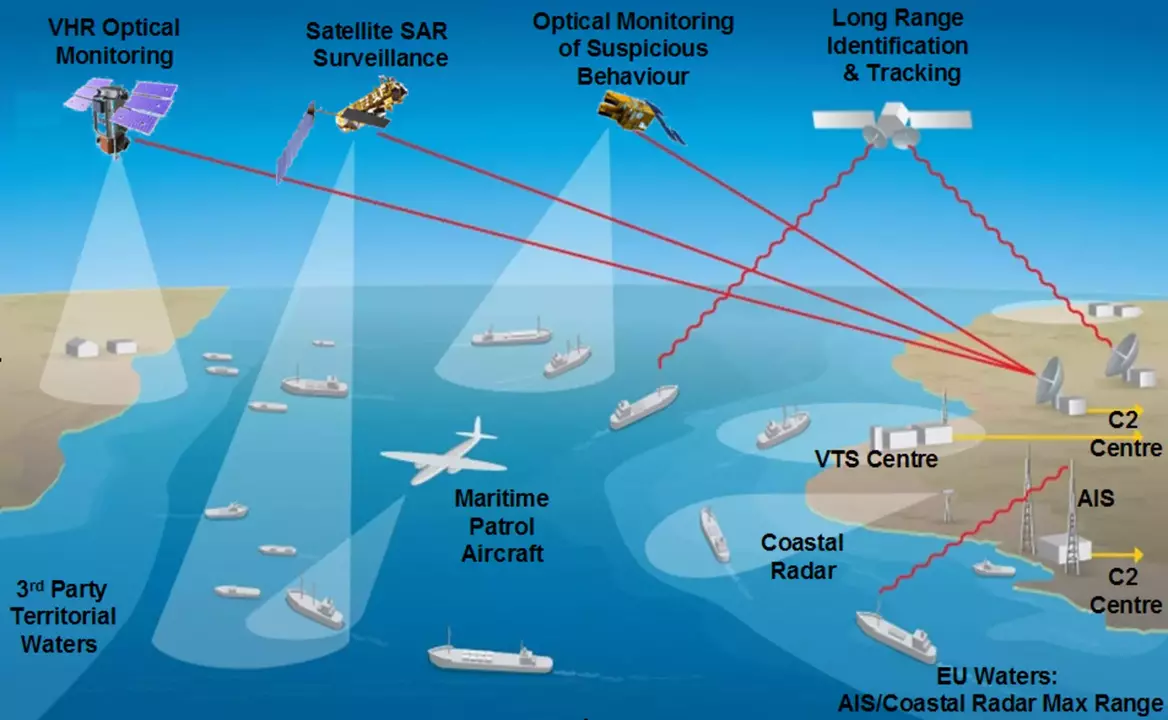Introduction to Maritime Satellite Communications
The maritime industry has long relied on satellite communication systems to stay connected while traversing the vast and often remote expanses of the world’s oceans. Traditionally, Very Small Aperture Terminal (VSAT) technology has been the backbone of this connectivity, providing a vital link for ships at sea. However, with the advent of new technologies such as Iridium, Starlink, and FleetBroadband (FBB), the maritime industry is experiencing a significant transformation in its communication systems.
VSAT: The Traditional Choice
VSAT systems have been the primary mode of satellite communication for the maritime industry, offering a range of benefits including high-speed data transfer and voice connectivity. However, VSAT systems have some limitations, such as signal interference and blockage, which can be mitigated by using backup systems like Iridium and FBB. For instance, Iridium Certus offers a reliable and durable SATCOM solution with unmatched coverage to the entire planet.
Iridium: A Reliable Backup
Iridium is an L-band system that offers superior coverage and reliability, making it an ideal backup solution for VSAT systems. With a unique network architecture of 66 crosslinked, Low Earth Orbit (LEO) satellites, Iridium L-band delivers highly reliable and durable SATCOM. Iridium Certus, in particular, provides a high-quality voice and data connection, allowing ships to stay connected even in the most remote areas.
FBB: A Maritime Global Satellite Internet
FleetBroadband (FBB) is a maritime global satellite internet, telephony, SMS texting, and ISDN network for ocean-going vessels. FBB enables data transfer up to 432 kbps, making it an ideal solution for ships that require a reliable and fast internet connection. FBB is often used as a backup to VSAT systems, providing a seamless transition in case of VSAT outages.
Starlink: The New Kid on the Block
Starlink is a relatively new player in the maritime satellite communication market, offering a high-speed, low-latency internet connection. Starlink’s portfolio provides yacht owners with seamless, home-like connectivity, whether cruising or anchored. However, it’s essential to note that Starlink is still a developing technology, and its suitability for the maritime industry is still being explored.
Comparison of VSAT, Iridium, FBB, and Starlink
Each of these technologies has its strengths and weaknesses, and the choice of which one to use depends on the specific needs of the ship or vessel. VSAT systems offer high-speed data transfer, but may be prone to signal interference. Iridium and FBB provide reliable backup solutions, but may have slower data transfer rates. Starlink offers high-speed, low-latency internet, but its suitability for the maritime industry is still being explored.
Conclusion
The maritime industry is experiencing a significant transformation in its communication systems, with new technologies like Starlink, Iridium, and FBB emerging as viable alternatives to traditional VSAT systems. As the industry continues to evolve, it’s essential to stay informed about the latest developments and advancements in maritime satellite communication systems. By understanding the strengths and weaknesses of each technology, ship owners and operators can make informed decisions about which system to use, ensuring reliable and efficient communication at sea.


Leave a Reply